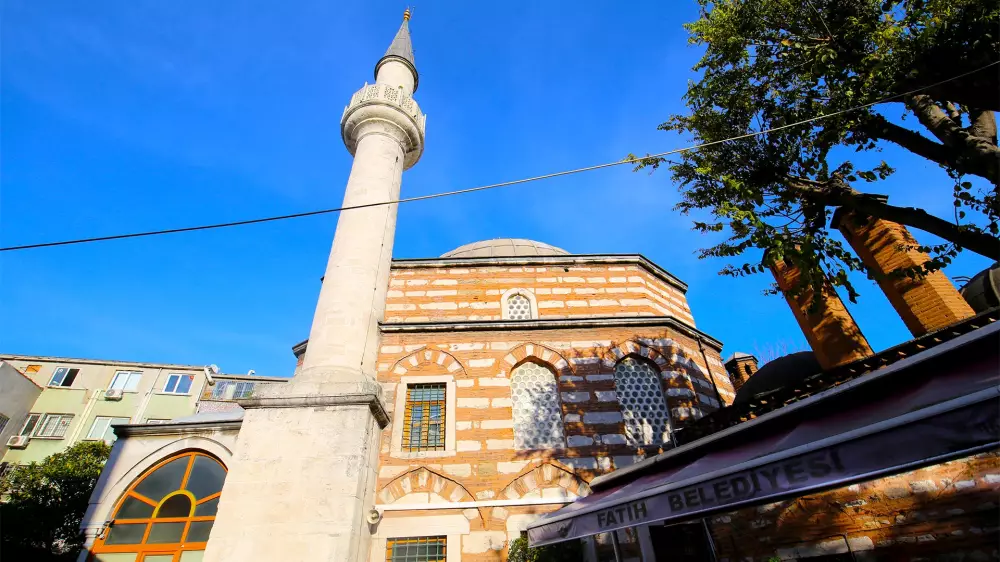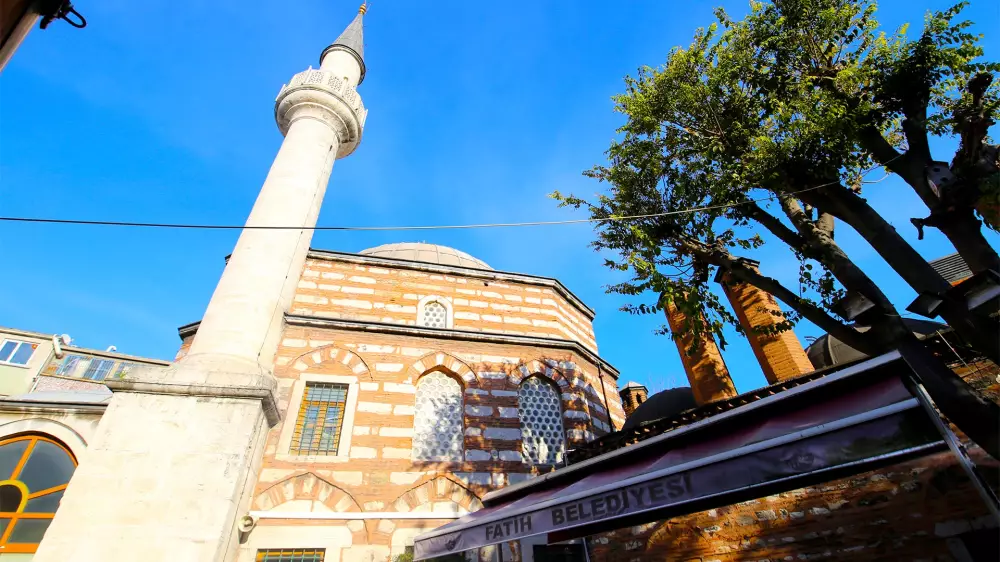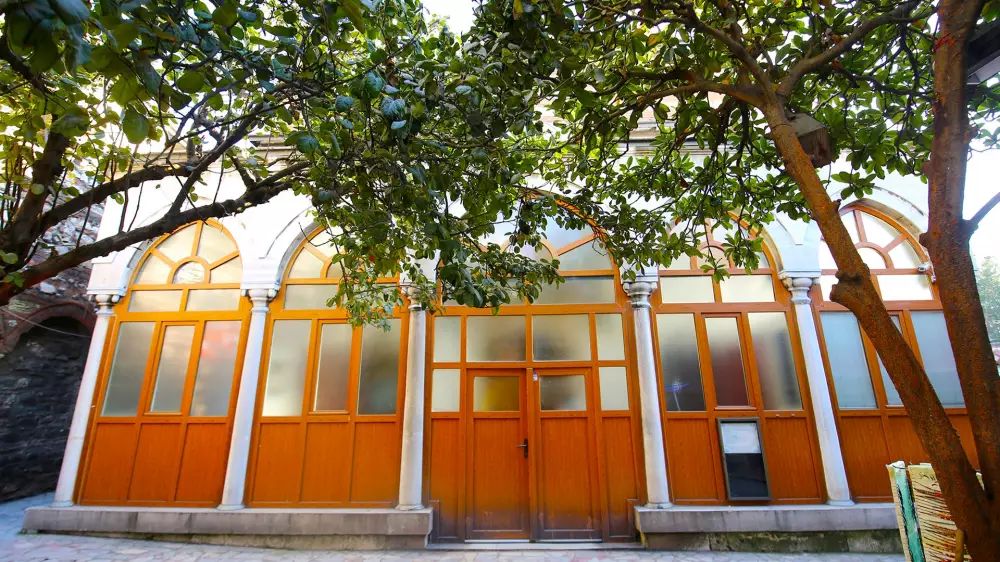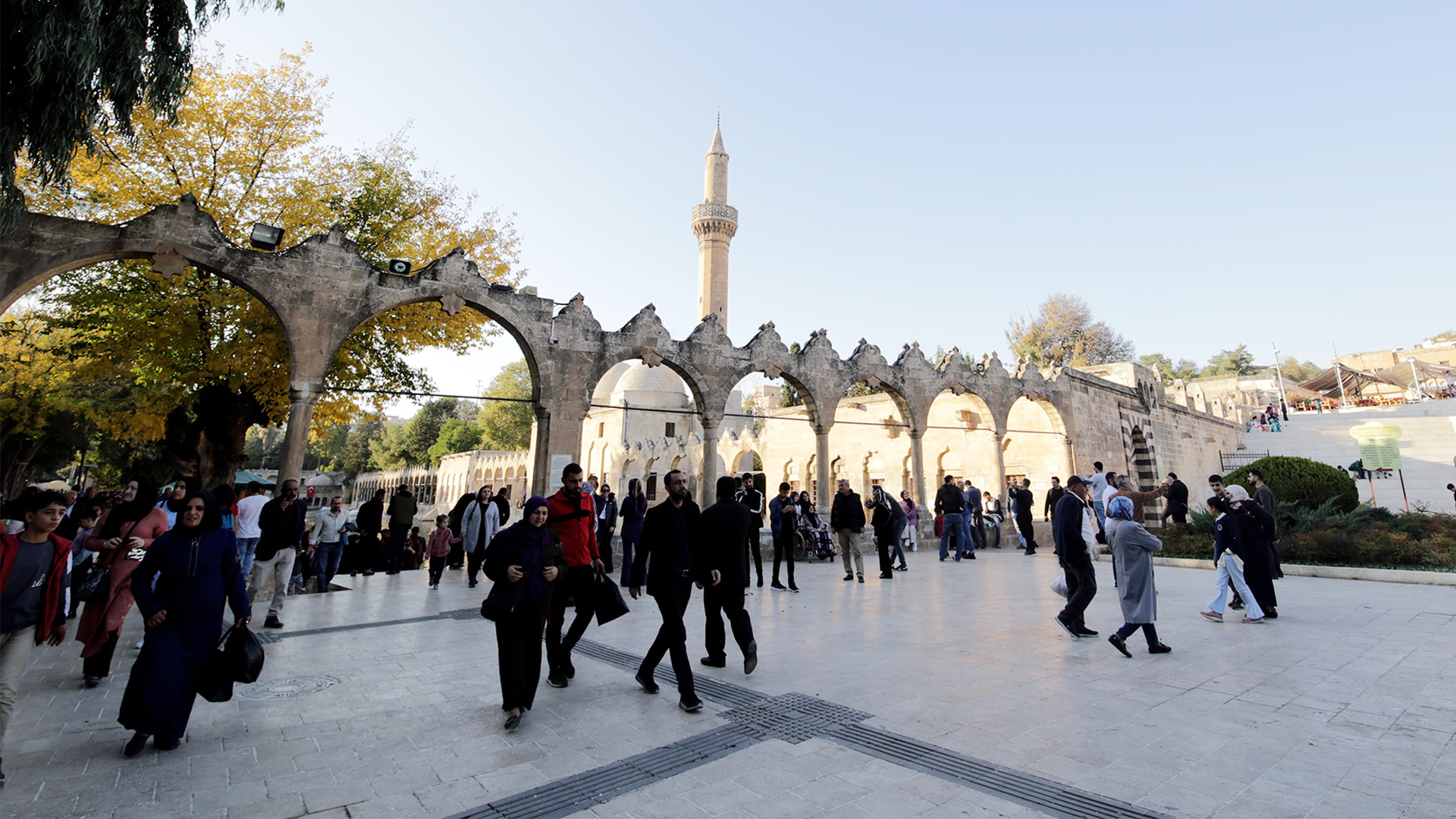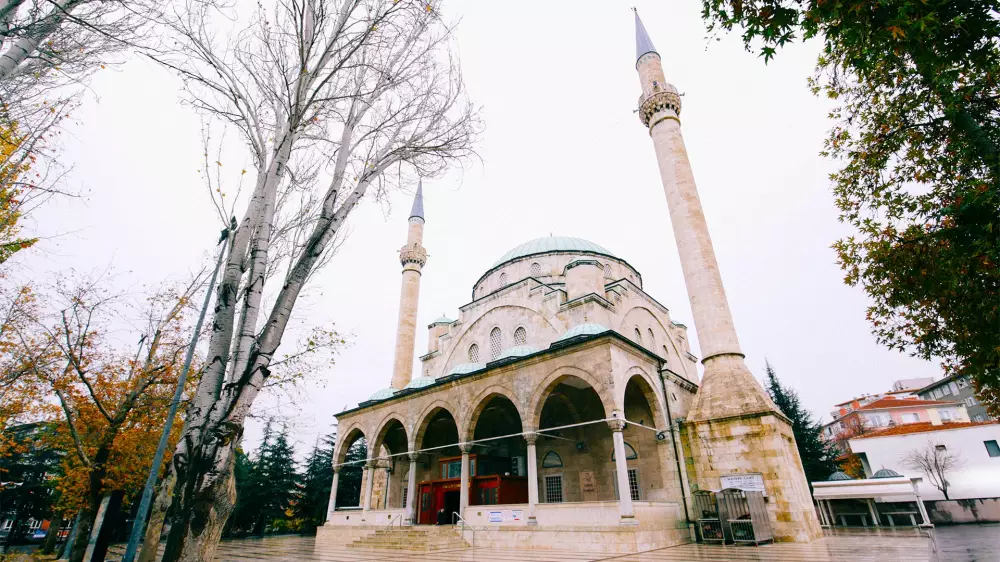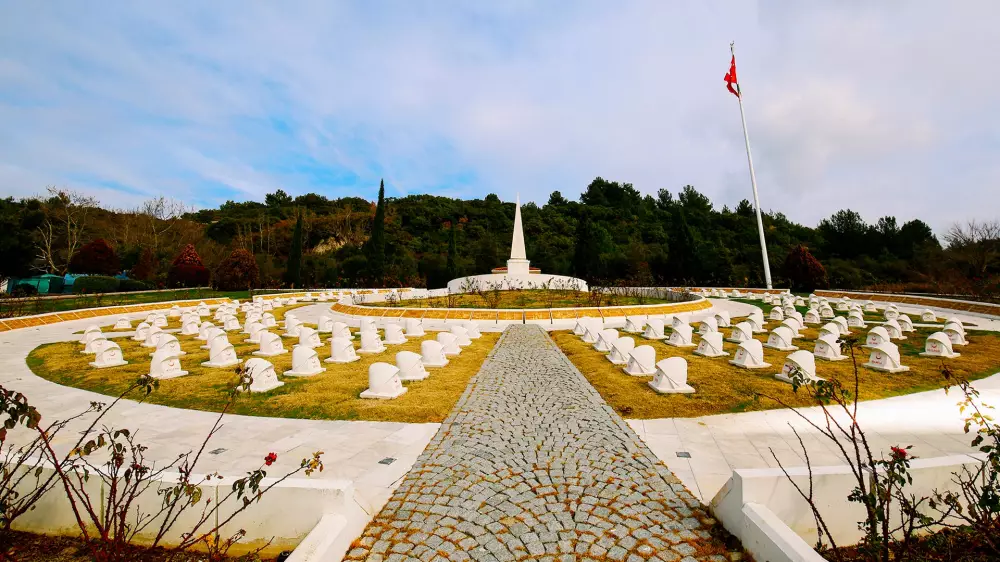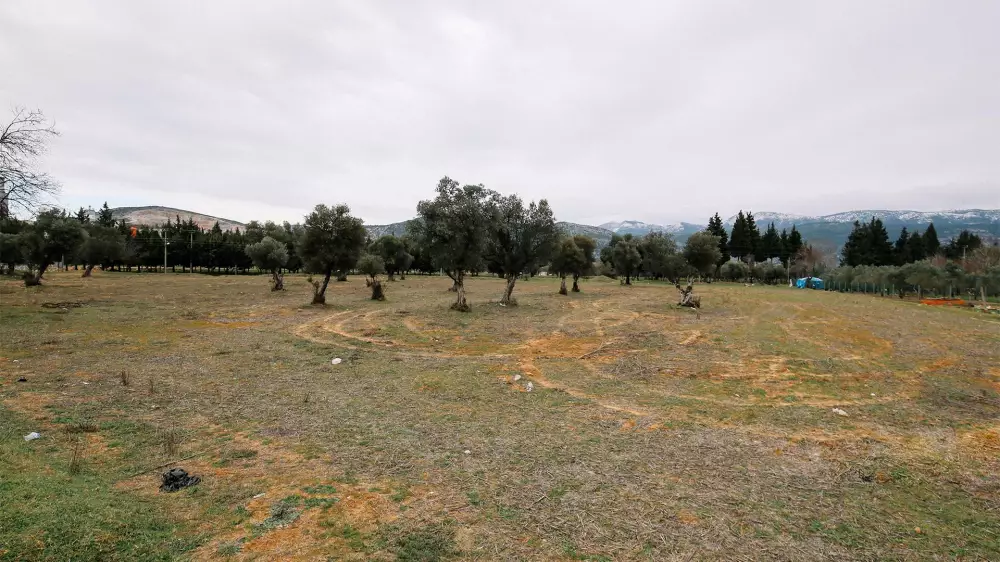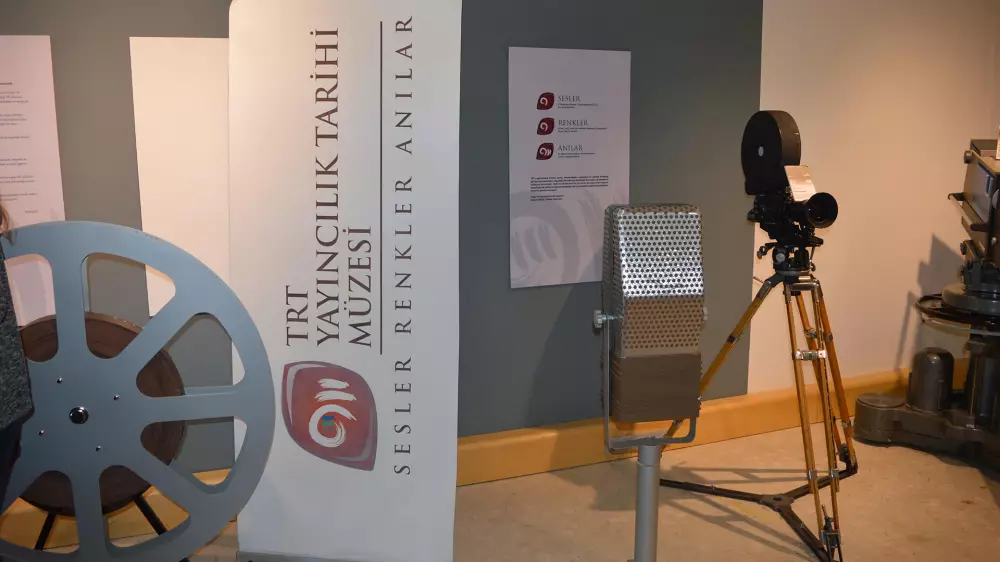
Çorlulu Ali Pasha Mosque
22.06.2024 03:49
Çorlulu Ali Pasha Mosque, which is located on Yeniçeriler Street in Mollafenari Street in Fatih district of İstanbul and was built between 1707 and 1709, served for many purposes in its time. Some of those can be specified as dervish lodge, mosque, library and madrasah. It was commissioned by Çorlulu Ali Pasha, who was the son-in-law of Mustafa II as well as the grand vizier of Ahmed III. Simkeşhane used to be situated in the current location of the mosque. Other sections of Çorlulu Ali Pasha Mosque were built and put into service 1 year after its construction. This historical building, visited by many people today, fascinates everybody through its architecture.
When you enter the Çorlulu Ali Pasha Mosque, the dervish lodge rooms will welcome you. The inscriptions here have disappeared in time, however the date has been noted through the inscription standing on the courtyard door in the madrasah section. Çorlulu Ali Pasha's Darü'l Hadith tales place right next to the dervish lodge rooms at the entrance. The minaret of the mosque, which has an architectural plan of 100 square meters, is the only minaret balcony. The historical building gathers a maximum of 250-300 people under its roof each semester to worship. One of the details that attracts the attention of the visitors is the unique beauty of the architecture and the original form preserved although it has gone through many damages and repairs over the years
Repair work carried out over time has been designed in a way that does not spoil the originality, therefore the form of its first day is still preserved and it continues to serve in this way. In the construction of the mosque, the planning of which was made in a rectangular format; bricks and sandstone were used extensively. There is a classroom in the southeast part of the mosque courtyard, a library in the north, water-tank with a fountain in the center and student cells in the west part.
The area, which was used as madrasah and dervish lodge rooms in the previous period, now serves its visitors as shops where touristic items are sold, and the areas used as madrasah and classroom are converted into cafes.
Gallery
